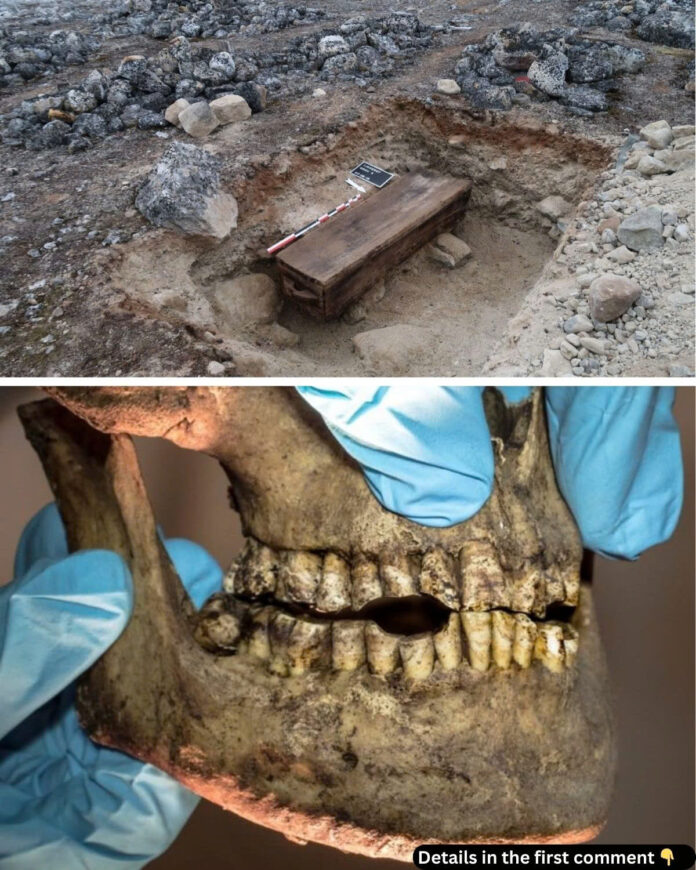In the remote Arctic archipelago of Svalbard, a silent crisis unfolds as climate change threatens to erase centuries of history. The final resting places of hundreds of 17th and 18th-century whalers lie in peril, their stories at risk of being lost forever to the warming planet. As researchers work against time, the frozen tombs that once preserved these historical treasures are now betraying them to the elements.
The Hidden Cemetery of Arctic Explorers
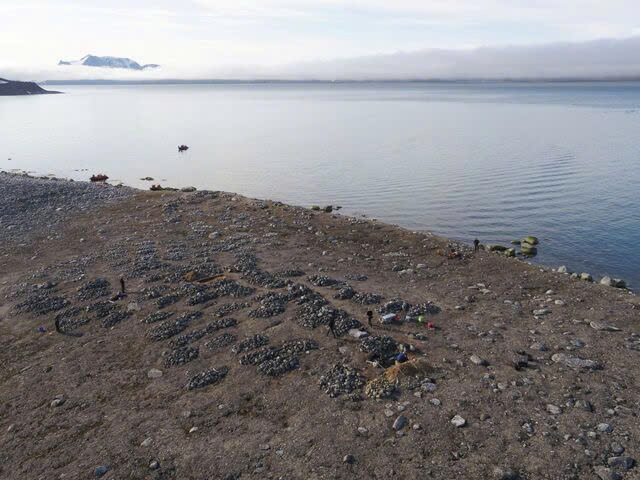
Nestled along the shores of Smeerenburgfjorden on Spitsbergen Island, approximately 600 whalers were laid to rest during the golden age of European whaling. These graves, undisturbed for centuries thanks to Svalbard’s permafrost, represent one of the world’s most unique archaeological sites. Since the 1980s, researchers have unearthed remarkable findings – well-preserved skeletons, intact textiles, and personal belongings that offer intimate glimpses into the harsh realities of early Arctic exploration.
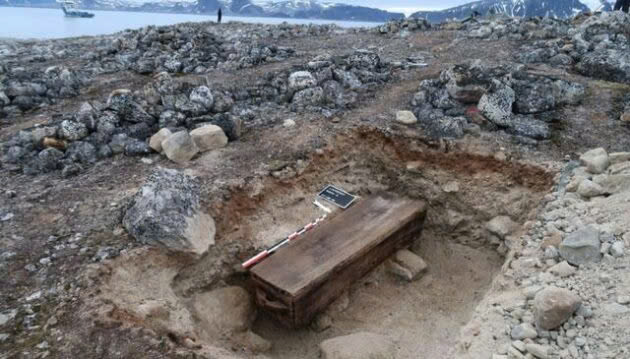
The burial site stands as a testament to the dangerous life these men led, venturing into one of Earth’s most inhospitable environments in pursuit of valuable whale oil. Now, these irreplaceable historical records face an existential threat from the very forces that once preserved them.
“Skeletons in the Closet”: The Scientific Race Against Warming
The “Skjeletter i Skapet” (Skeletons in the Closet) project, spearheaded by the Norwegian Institute for Cultural Heritage Research (NIKU), forms part of the broader CLIMARCH initiative investigating how climate change affects archaeological sites across Svalbard. By comparing graves excavated decades ago with recent discoveries from 2016 and 2019, scientists can document the accelerating degradation of these historical treasures.
The Failing Freezer: How Permafrost Protected History
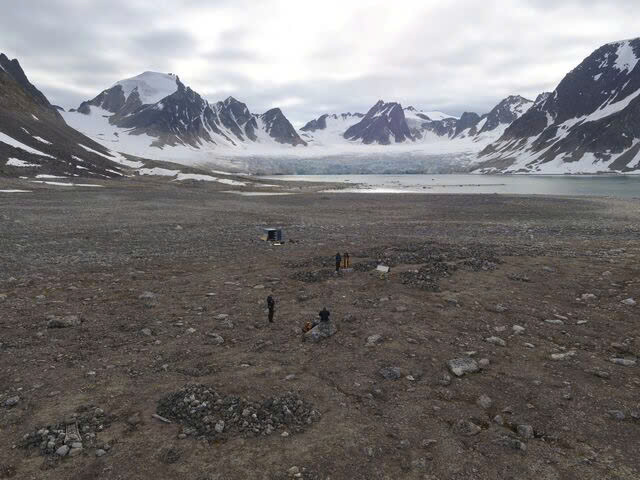
For centuries, Svalbard’s permafrost acted as nature’s perfect preservation system. The permanently frozen ground created conditions that dramatically slowed decomposition, keeping organic materials remarkably intact. Wooden coffins, human remains, and even delicate textiles survived in exceptional condition, sealed away from the elements that would normally cause decay.
The Thaw’s Destructive Force
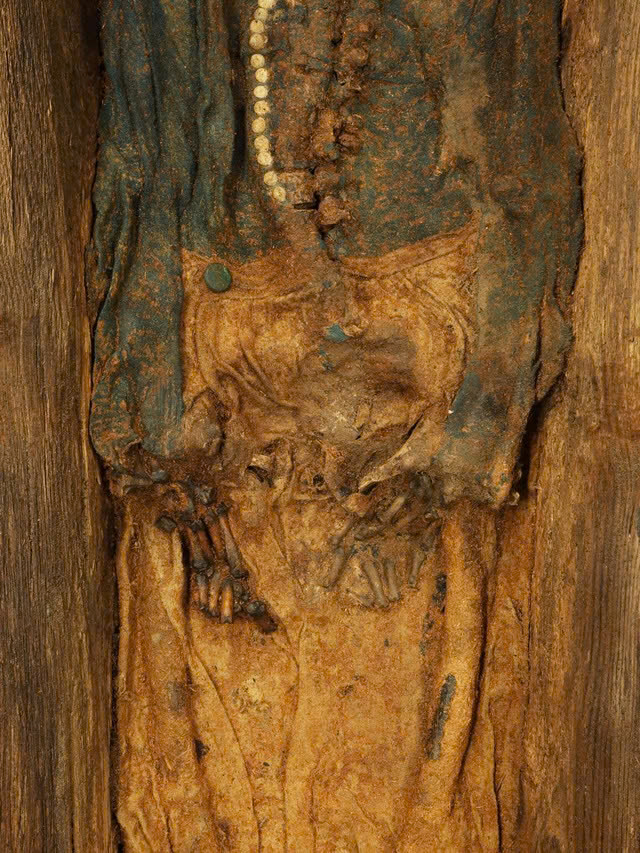
Today, this natural preservation system is rapidly failing. Rising Arctic temperatures are causing permafrost to thaw at unprecedented rates. The once-solid ground beneath these graves is softening, exposing ancient remains to oxygen, water, and microbial activity. The consequences are catastrophic for preservation:
- Collapsed wooden coffins expose skeletal remains and artifacts directly to the elements
- Coastal erosion from reduced sea ice and increased storm activity washes grave materials into the sea
- The deeper annual thaw of the “active layer” of soil accelerates decomposition of previously stable materials
- Researchers now observe visible degradation occurring year to year
Stories from the Ice: What the Graves Reveal
Despite the urgent preservation challenges, the scientific work has yielded fascinating insights into the lives of these early Arctic workers. Osteological analysis reveals the physical toll of their profession – signs of malnutrition, scurvy, and hardship evident in their remains. Many whalers displayed skeletal indicators of grueling physical labor and vitamin deficiencies common to sailors of the era.

Textile analysis provides equally valuable information about daily life in these remote whaling stations. The clothing recovered shows surprising variety, reflecting different social roles within the whaling industry. Some individuals were buried in garments that may have been intended for auction to support families left behind in Europe, highlighting the economic precarity of their dangerous profession.
Video
Cultural Heritage on the Brink
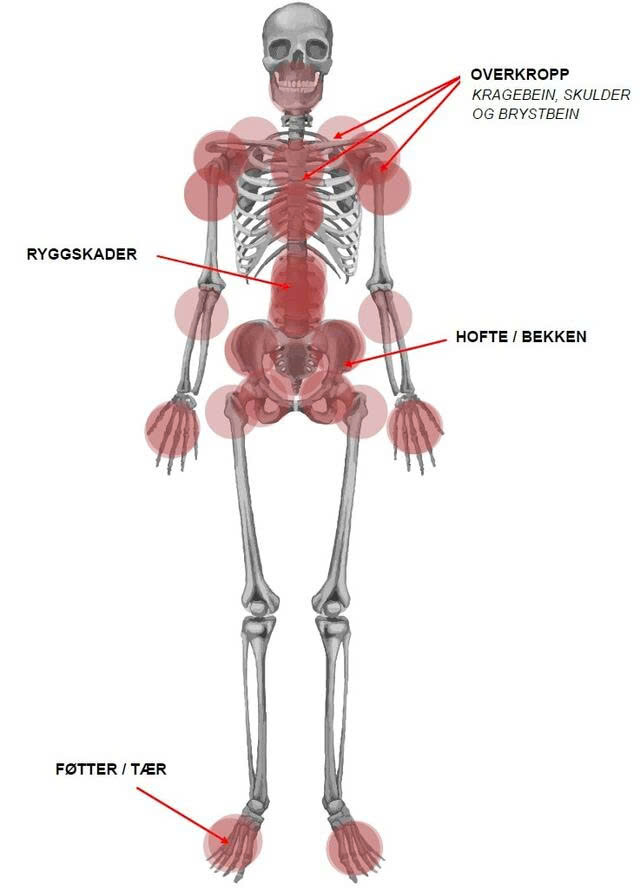
The accelerating loss of the Svalbard whaling graves represents more than just a scientific setback. These sites offer irreplaceable windows into a crucial chapter of Arctic history and human adaptation to extreme environments. Each grave that erodes into the sea takes with it valuable historical evidence that can never be recovered.

The “Skjeletter i Skapet” project has become a desperate race against the clock. Researchers are working to document and analyze as much as possible before nature reclaims these historical treasures completely. Their efforts highlight the broader challenge facing archaeologists worldwide as climate change threatens countless historical sites.
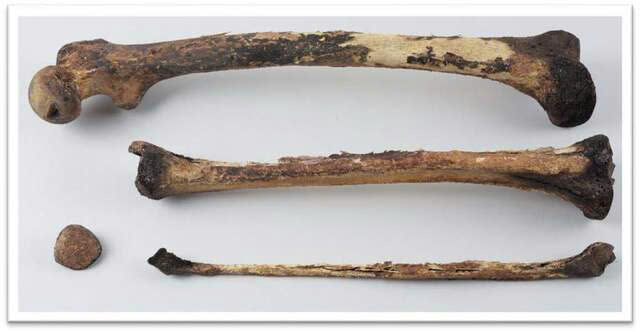
As the Arctic continues to warm at rates far exceeding global averages, Svalbard’s whaling graves stand as a poignant reminder of our changing planet’s impact not just on our future, but on our ability to understand our past. The vanishing echoes of these 17th and 18th-century lives urge us to consider what other irreplaceable historical knowledge may be lost as our planet continues to warm.
